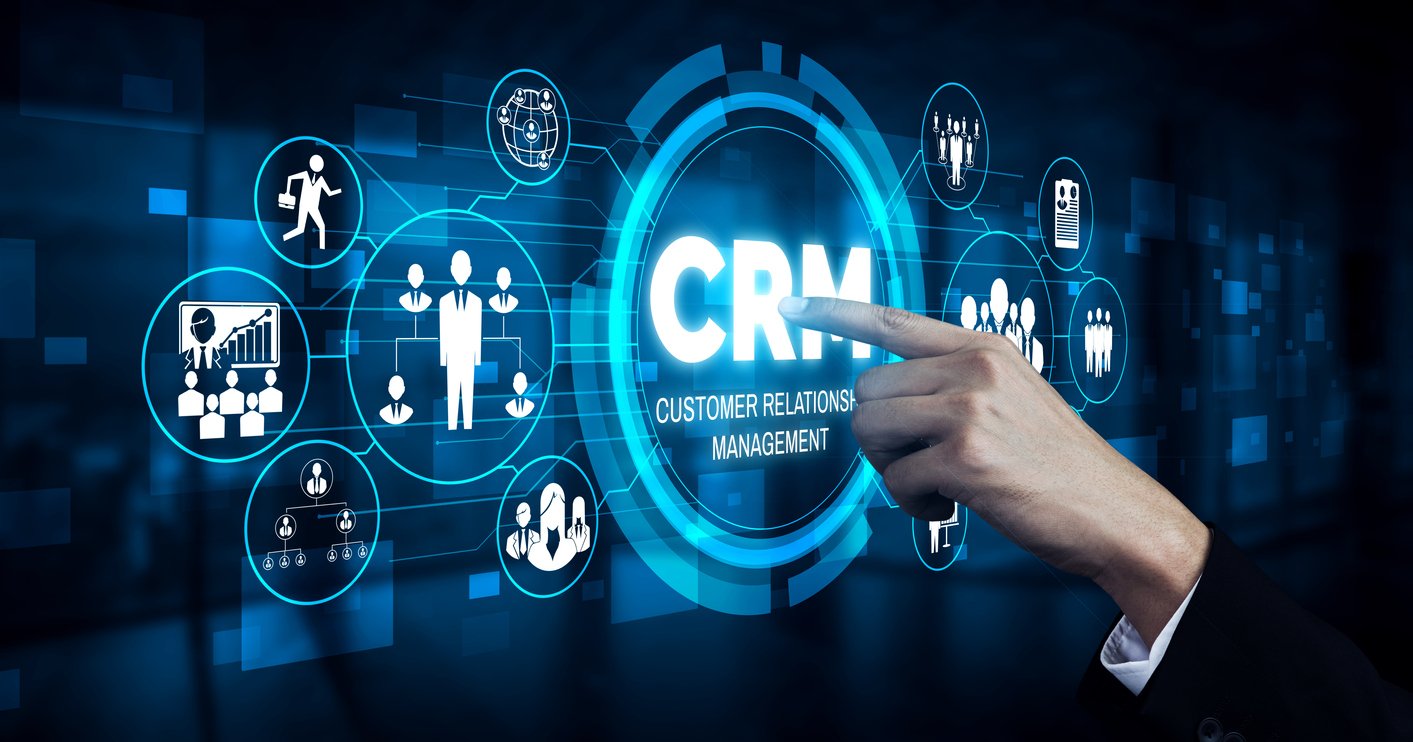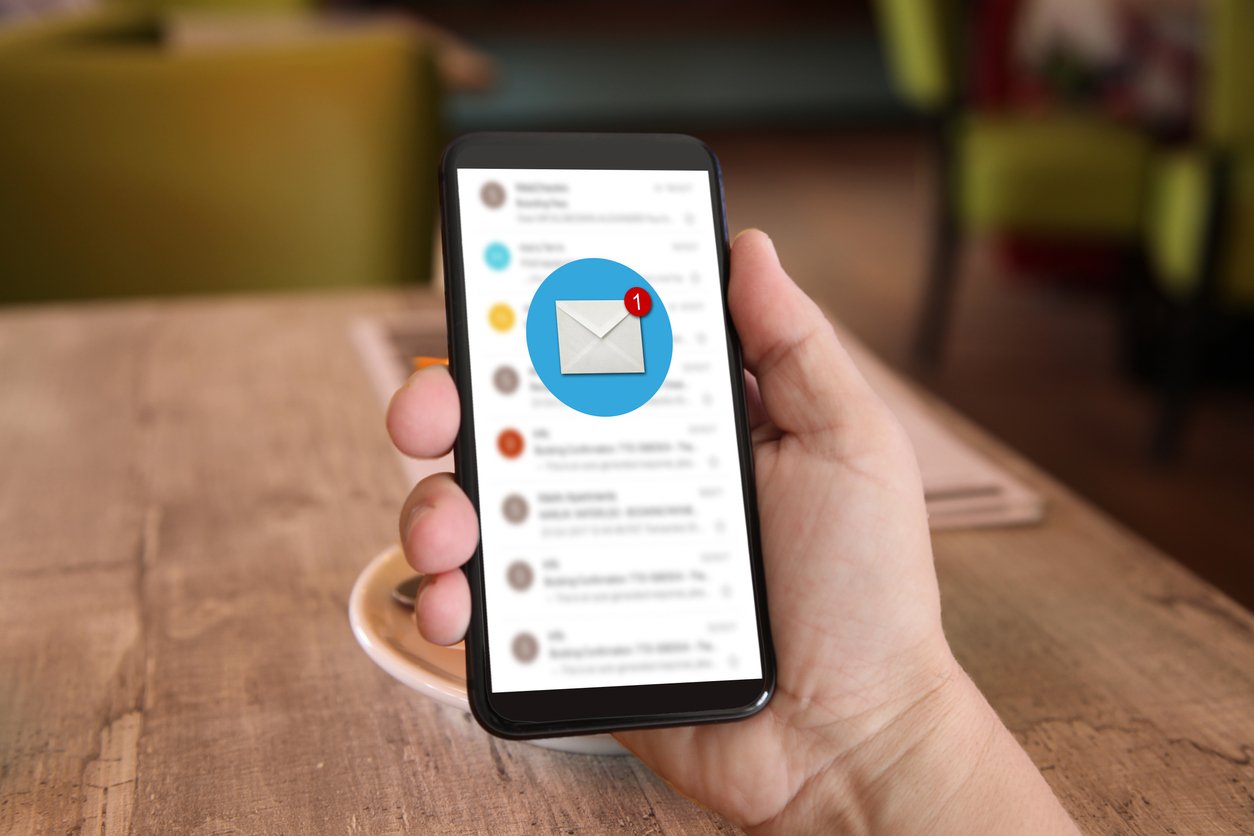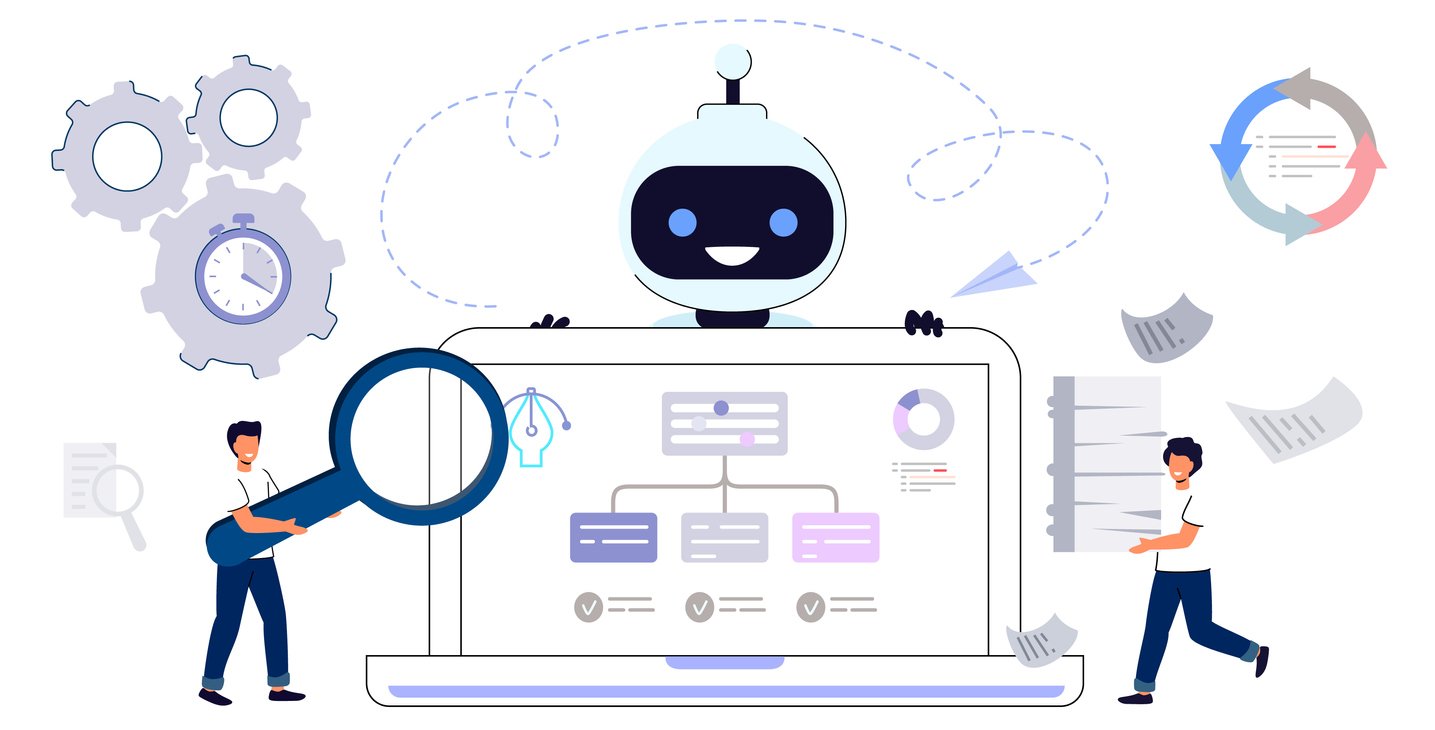
4 B2B Sales Strategy Examples to Apply to Your Business
 Updated on
Updated on
 By Bradley Kovacs
By Bradley Kovacs
Bradley Kovacs
Bradley has been passionate about technology since childhood, starting with Microsoft Flight Simulator at age six. In college, he automated his data e...
learn more
Bradley Kovacs
Bradley has been passionate about technology since childhood, starting with Microsoft Flight Simulator at age six. In college, he automated his data e...
Table of Contents
Table of Contents
Many companies are so eager to sell that they rush in without a plan. And in B2B sales, that's a costly mistake.
That's where a B2B sales strategy comes in.
At its core, a B2B sales strategy is your game plan for driving predictable revenue from business clients. It outlines how your company will attract, engage, and convert high-value prospects, whether that's through relationship-driven consultative selling or a self-serve, product-led motion like you'd see in many B2B software sales strategies.
The goal? Build trust, demonstrate value, and close deals in a way that aligns with your buyer's journey. Whether you're refining your sales strategy for a B2B business or mapping out a B2B sales strategy framework for the first time, the principles remain the same: understand your audience, offer clear value, and deliver consistently.
In this guide, we'll walk you through actionable B2B sales strategies and tactics, with real-world examples to help you craft a scalable, high-impact approach that gives your business a cut of that trillion-dollar pie.
B2B Sales Strategies vs. B2C Sales Strategies
Before we get into specific B2B sales strategies and tactics, it helps to understand how they differ from B2C (business-to-consumer) approaches. While both aim to convert leads into paying customers, the road to the finish line looks very different.
Here's a side-by-side comparison to bring it home:
|
Category |
B2B Sales |
B2C Sales |
|
Sales Cycle Length |
Longer (weeks to months) |
Shorter (minutes to days) |
|
Decision-Makers |
Multiple stakeholders involved |
Usually a single consumer |
|
Deal Size |
Larger, higher-value contracts |
Smaller, one-off purchases |
|
Tactics |
Personalized outreach, demos, nurturing, account-based |
Broad marketing, discounts, fast CTAs |
|
Buyer Motivation |
ROI, business outcomes, efficiency |
Price, emotion, convenience |
|
Sales Process |
Structured, consultative, often includes legal/procurement |
Quick, streamlined, often ends at checkout |
As you can see. B2B sales strategies are built for complex, often high-stakes transactions. They focus on nurturing long-term relationships, navigating multiple stakeholders, and solving specific business problems. Meanwhile, B2C strategies are designed to trigger faster, emotionally-driven decisions, often within minutes of a single interaction.
Here's a quick recap:
- B2B sales strategies prioritize multi-touch, relationship-based selling that builds trust over time.
- B2C strategies aim for rapid, individual consumer transactions fueled by emotion and convenience.
This foundational difference is why your sales strategy for B2B business needs a different playbook altogether, one built on insight, value delivery, and long-term thinking.
B2B Sales Strategy Framework in 5 Steps

There's no such thing as a one-size-fits-all sales strategy, especially in the B2B space. But if you want to build a system that consistently delivers revenue, you need a reliable B2B sales strategy framework to guide your team from first contact to closed deal.
This framework isn't just about tactics, it's about building the foundation for repeatable growth across your sales strategy for B2B business. Here's what it should include:
1. Define Ideal Customer Profiles (ICPs) and Buyer Personas
Before launching any campaign, know who you're selling to. An Ideal Customer Profile (ICP) outlines the type of company that gets the most value from your product, based on firmographics like size, industry, revenue, and tech stack.
Buyer personas go one level deeper: they capture the motivations, challenges, and goals of the individual decision-makers within that ideal company. A solid B2B software sales strategy, for instance, should distinguish between the CTO who evaluates features and the CFO who signs the check.
2. Map the B2B Buyer Journey
Unlike B2C, where impulse buys are common, B2B sales strategies must account for a longer and more deliberate buying process. Mapping out this journey—from awareness to consideration to decision—helps tailor your messaging and touchpoints at every stage.
According to Gartner, B2B buyers spend only 17% of their buying journey meeting with potential suppliers, meaning your content and outreach must work overtime when you're not in the room.
3. Align Sales and Marketing Teams
No more silo wars. For your B2B sales strategy to work, sales and marketing must function as one revenue engine.
Shared KPIs, consistent messaging, and regular feedback loops ensure that both teams are targeting the right accounts and moving them smoothly through the funnel. Think of it as strategic tag-teaming, marketing warms them up, sales closes the deal.
4. Develop a Multi-Channel Outreach Plan
Email still works. So do cold calls. But B2B buyers also engage on LinkedIn, webinars, Slack communities, and even podcasts. The key is to meet your buyers where they are.
A winning sales strategy B2B business leaders use today typically includes a mix of personalized emails, value-driven content, and social selling, all timed to align with the buyer journey.
5. Measure, Optimize, and Scale
You can't improve what you don't track. Whether you're running an outbound campaign or experimenting with product-led growth, tie every activity to clear metrics, including:
- Conversion rates
- Average deal size
- Sales velocity
- CAC-to-LTV ratios, and more.
Use the data to test new B2B sales strategies, optimize underperforming channels, and scale what's working.
Done right, this B2B sales strategy framework becomes your revenue playbook, structured enough to support growth, yet flexible enough to evolve with your market.
7 B2B Sales Strategy Examples

Now that you've got a framework in place, let's look at how it plays out in the real world. There are many sales strategies for B2B companies to choose from, but the best ones align with your product type, sales cycle, and buyer behavior.
Here are seven proven B2B sales strategy examples to inspire your next move:
1. Account-Based Selling
Account-based selling (ABS) is laser-focused. Instead of casting a wide net, you target high-value accounts with a personalized, multi-touch campaign involving sales, marketing, and even customer success.
This strategy works well when you're selling high-ticket solutions to enterprise clients. ABS is a natural fit for B2B software sales strategies, especially when buying committees are involved and deals require nurturing multiple decision-makers over time.
Why it works: You're aligning your messaging to each account's specific needs, making your pitch nearly impossible to ignore.
2. Solution Selling
Rather than pushing a product, solution selling frames your offering as the answer to a pressing problem. It's all about diagnosing the customer's pain point and showing how your solution delivers relief.
This is a classic b to b sales strategy approach that remains effective, especially in industries like IT, healthcare, or logistics, where the buyer often needs help defining the problem, let alone finding the right tool.
Why it works: It shifts the conversation from features to outcomes, building trust with problem-aware buyers.
3. Challenger Sales Model
Based on research, the Challenger model suggests the most successful reps don't just build relationships, they challenge assumptions, teach something new, and take control of the sale.
A powerful B2B sales strategy for complex markets, this model positions your rep as a trusted advisor who reframes the buyer's understanding of their business needs.
Why it works: Buyers appreciate insight, not just friendliness. Challengers push prospects to think differently and act decisively.
4. Social Selling
Social selling uses platforms like LinkedIn and X (formerly Twitter) to engage prospects, share thought leadership, and build meaningful connections before making the ask.
For modern sales strategy B2B business teams, this approach is a goldmine, especially when cold outreach is getting colder. It's less about blasting DMs and more about creating visibility and credibility with the right audience.
Why it works: 76% of buyers are ready to have a social media conversation, but only if you show up with relevance and value.
5. Value-Based Selling
Similar to solution selling, value-based selling emphasizes ROI, but with a stronger focus on quantifying outcomes. Here, you communicate the economic impact your product delivers: time saved, revenue gained, risk reduced.
It's a go-to B2B sales strategy in markets where budget scrutiny is high and justification is key (think SaaS, financial services, manufacturing).
Why it works: Today's B2B buyers are under pressure to prove ROI. This strategy gives them the numbers they need to say yes.
6. Inbound-Driven B2B Sales
Inbound selling turns the funnel on its head. Instead of going outbound, you draw leads in with content, SEO, and automation, then convert them with helpful, timely engagement.
If your B2B sales strategy framework includes content marketing and CRM automation, this model can support scalable, low-pressure growth. HubSpot is a poster child for this approach.
Why it works: Buyers are already doing 70% of their research before they ever talk to a salesperson. Meet them where they are.
7. Consultative Selling
Consultative selling is about asking questions, listening closely, and tailoring your pitch around the buyer's unique challenges and goals. It's part therapy session, part business analysis.
This B2B sales strategy is perfect for long-cycle, high-involvement sales, like professional services, enterprise tech, or custom-built solutions.
Why it works: Buyers don't want a generic sales pitch, they want a partner who gets their business and helps them make better decisions.
Conclusion
A B2B sales strategy is one of the activities that all businesses that want to succeed should create. There are numerous benefits to having a solid strategy, and having software to automate makes selling easier.
Ringy's demos are unique, so we don't waste our time or yours. To be amazed at how we can help your company overcome B2B sales strategy challenges, book a demo now!

Skyrocket your sales with the CRM that does it all.
Calling? Check. SMS? Check. Automation and AI? Check. Effortlessly keep in touch with your customers and boost your revenue without limits.

Take your sales to new heights with Ringy.
Sales in a slump? Ringy gives you the tools and flexibility you need to capture leads, engage with them, and turn them into customers.
Subscribe to Our Blog
Enter your email to get the latest updates sent straight to your inbox!
Categories
Related Articles
































































































